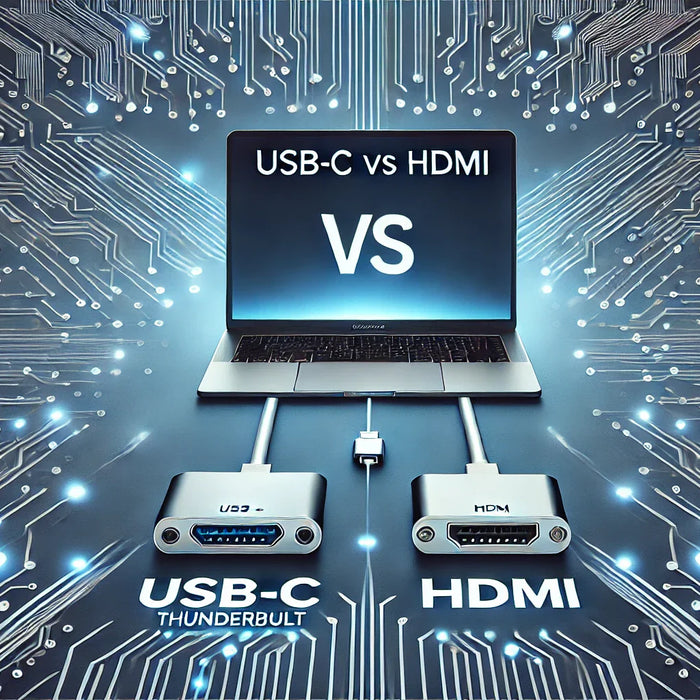
Black Friday Tech Deals Strategy: When to Buy Electronics
Black Friday Tech Deals Strategy: When to Buy Electronics — crack the timing, dodge price traps, and snag the best gadgets before they sell out.
TUTT C5 Magnetic Wireless 10000mAh Power Bank with Digital Display and Cable Bracket The TUTT C5 is a multifunctional magnetic wireless power bank ...
View full detailsTUTT Laptop Power Bank 100W 20000mAh – 100W USB‑C with Retractable Cable & LCD Display Compact 20000mAh laptop power bank engineered for USB‑C...
View full detailsTUTT Ultra-Thin PD20W Magnetic Power Bank Fast Charging for Smartphone I5 The TUTT Magnetic Power Bank integrates a 5000mAh lithium-ion battery wi...
View full detailsTUTT Solar Power Bank Rugged | 22.5W Fast Charging 30,000mAh Magnetic Wireless Built‑In Cables | Outdoor Rugged S5 The TUTT Solar Power Bank is a 3...
View full detailsTUTT Pill Organizer Medication box with Bluetooth, Android/iOS, App Alerts, Large Daily Compartments & Rechargeable Battery Smart Weekly Pil...
View full detailsThis store offers diverse tech products with good quality and packaging. Customers appreciate quick shipping, professional technical support, and responsive customer service. Many users praise the functionality and value of monitors, watches, glasses, and othe...

Black Friday Tech Deals Strategy: When to Buy Electronics — crack the timing, dodge price traps, and snag the best gadgets before they sell out.

The smart display category is rapidly evolving, driven by AI, IoT integration, and demand for smart-home control. Learn how TUTT Canada can lead in this growing sector, offering personalized, secure, and future-proof display solutions across residential and commercial markets

{"one"=>"Select 2 or 3 items to compare", "other"=>"{{ count }} of 3 items selected"}